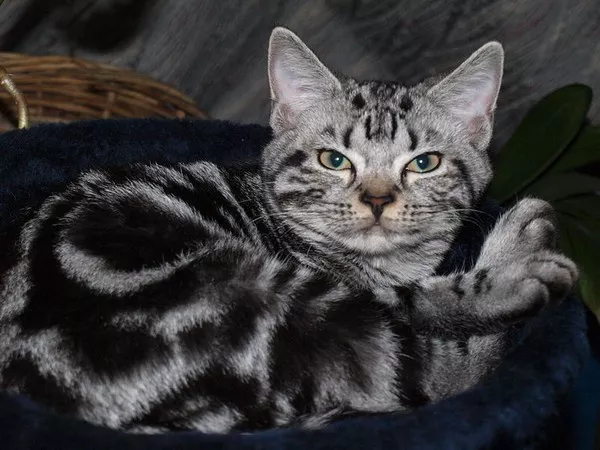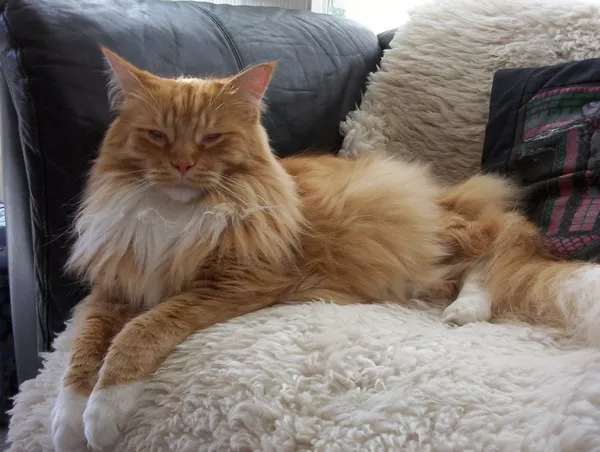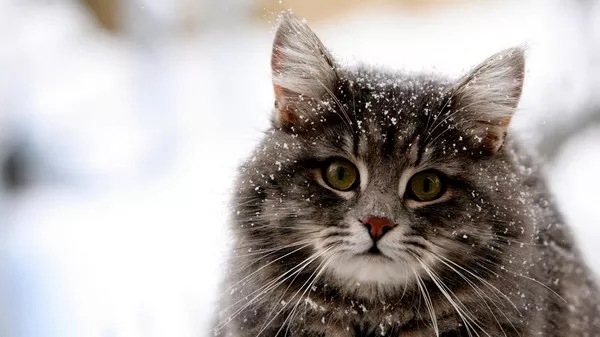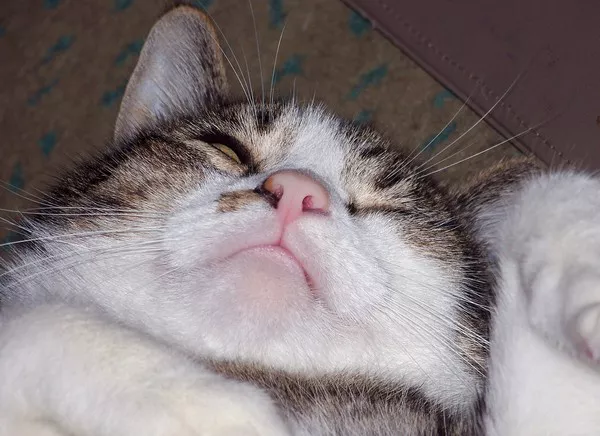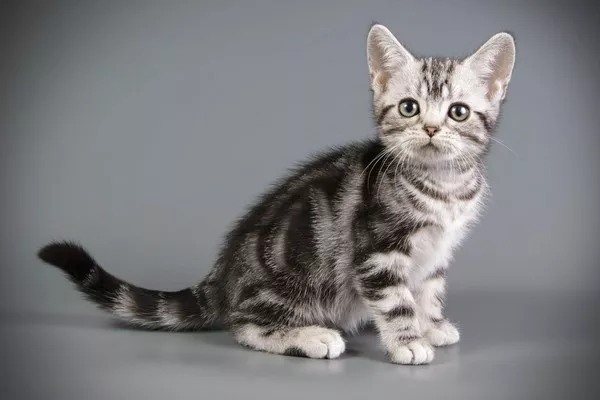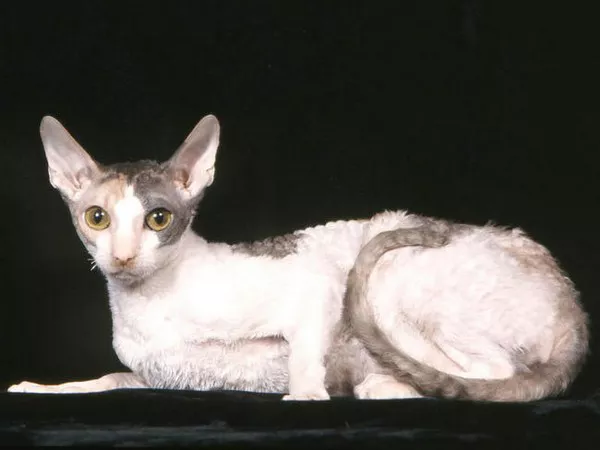American Shorthair cats are known for their friendly and adaptable nature, making them popular pets in households across the United States. While they may not be as vocal as some other cat breeds, American Shorthairs are capable of communicating through various sounds and behaviors. This article delves into the vocalization tendencies of American Shorthair cats, exploring the reasons behind their meows, chirps, and other vocalizations.
Understanding American Shorthair Cats
Overview of the Breed
American Shorthair cats, often referred to as “working cats,” have a rich history in the United States. Originally bred for their hunting skills to control pests on ships and farms, they are now cherished companions known for their sturdy build, affectionate demeanor, and low-maintenance care requirements.
Personality Traits
American Shorthairs are known for their laid-back and easygoing personalities. They are typically sociable, adaptable, and good-natured, making them suitable pets for families, singles, and seniors alike. While they may not be as vocal as some breeds, they are still capable of communicating their needs and desires through various vocalizations.
Vocalization in Cats
Why Do Cats Vocalize?
Vocalization is an essential form of communication for cats, serving various purposes:
Expression of Needs: Cats may meow to express hunger, thirst, discomfort, or loneliness.
Social Interaction: Cats use vocalizations to communicate with humans and other animals, such as during play or mating.
Emotional Expression: Meows, purrs, and other sounds can convey emotions like contentment, anxiety, or frustration.
Territorial Marking: Cats may vocalize to assert dominance or establish territory, especially in multi-cat households.
Variety of Vocalizations
Cats are capable of producing a wide range of sounds, each serving a different purpose:
Meow: The most common vocalization, used for various communication purposes.
Purr: Often associated with contentment, but can also indicate pain or distress.
Chirp or Trill: A friendly greeting or expression of excitement.
Hiss or Growl: Signifies fear, aggression, or warning to stay away.
Yowl: A loud, drawn-out cry, often associated with mating behavior or distress.
Do American Shorthair Cats Talk a Lot?
Vocalization Tendencies
American Shorthair cats are not known for being particularly talkative compared to some other breeds, such as Siamese or Oriental cats. However, they are still capable of vocalizing to communicate their needs and desires.
Factors Influencing Vocalization
Several factors can influence the vocalization tendencies of American Shorthair cats:
Individual Personality: Each cat has its unique personality and communication style, regardless of breed.
Socialization: Cats that receive ample socialization from a young age may be more vocal and expressive.
Health and Well-being: Illness, pain, or discomfort can cause increased vocalization as cats try to communicate their distress.
Environment: Changes in the environment, such as moving to a new home or the presence of new pets, can impact vocalization patterns.
Typical Vocalization Patterns
While American Shorthair cats may not vocalize as frequently or loudly as some breeds, they still engage in various forms of communication:
Meowing: American Shorthairs may meow to greet their owners, request food or attention, or express discomfort.
Purring: A common vocalization associated with contentment, relaxation, or seeking comfort.
Chirping or Trilling: American Shorthairs may use chirps or trills to express excitement, anticipation, or curiosity.
Silent Communication: Some American Shorthairs may communicate non-verbally through body language, such as rubbing against their owners or kneading with their paws.
Tips for Understanding Your American Shorthair’s Vocalization
Pay Attention to Context
Mealtime: If your American Shorthair meows around mealtime, they may be expressing hunger or anticipation.
Attention-Seeking: Meowing for attention or affection is common, especially in sociable cats.
Environmental Changes: Increased vocalization during times of stress or change may indicate discomfort or anxiety.
Observe Body Language
Tail Position: A raised tail indicates a happy or confident cat, while a tucked tail may signify fear or discomfort.
Ears: Forward-facing ears suggest curiosity or interest, while flattened ears indicate aggression or fear.
Posture: Relaxed, open body language suggests contentment, while tense posture may indicate discomfort or anxiety.
Respond Appropriately
Provide Enrichment: Interactive toys, scratching posts, and puzzle feeders can help keep your American Shorthair mentally stimulated and engaged.
Address Needs Promptly: Respond promptly to your cat’s vocalizations, especially if they indicate hunger, thirst, or distress.
Create a Comfortable Environment: Ensure your cat has access to a quiet, comfortable space where they can retreat if they feel overwhelmed or stressed.
When to Seek Veterinary Attention
While occasional vocalization is normal for cats, excessive or unusual vocalization patterns may indicate underlying health issues:
Persistent Crying or Yowling: Especially if accompanied by other signs of distress or discomfort.
Changes in Vocalization: Sudden changes in vocalization patterns, pitch, or volume.
Signs of Pain or Illness: Vocalization combined with other symptoms like lethargy, loss of appetite, or hiding behavior.
If you notice any concerning changes in your American Shorthair’s vocalization patterns or behavior, it is essential to consult with a veterinarian to rule out any underlying health issues.
Conclusion
While American Shorthair cats may not be as vocal as some other breeds, they still engage in various forms of communication to express their needs, desires, and emotions. Understanding your cat’s vocalization patterns and body language can help strengthen the bond between you and your furry companion. By paying attention to context, observing body language, and responding appropriately to your cat’s vocalizations, you can ensure they feel understood, cared for, and valued members of your household.

